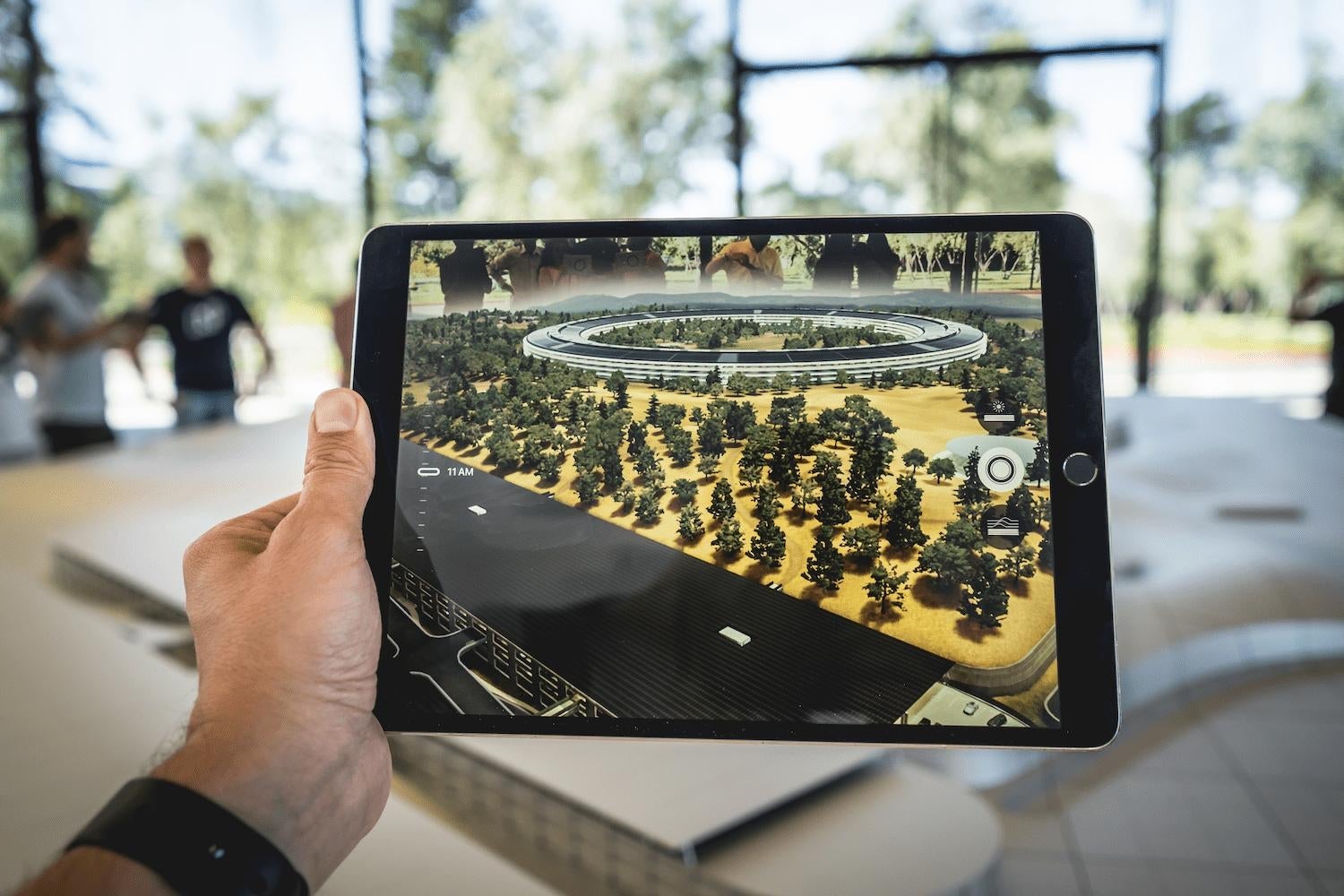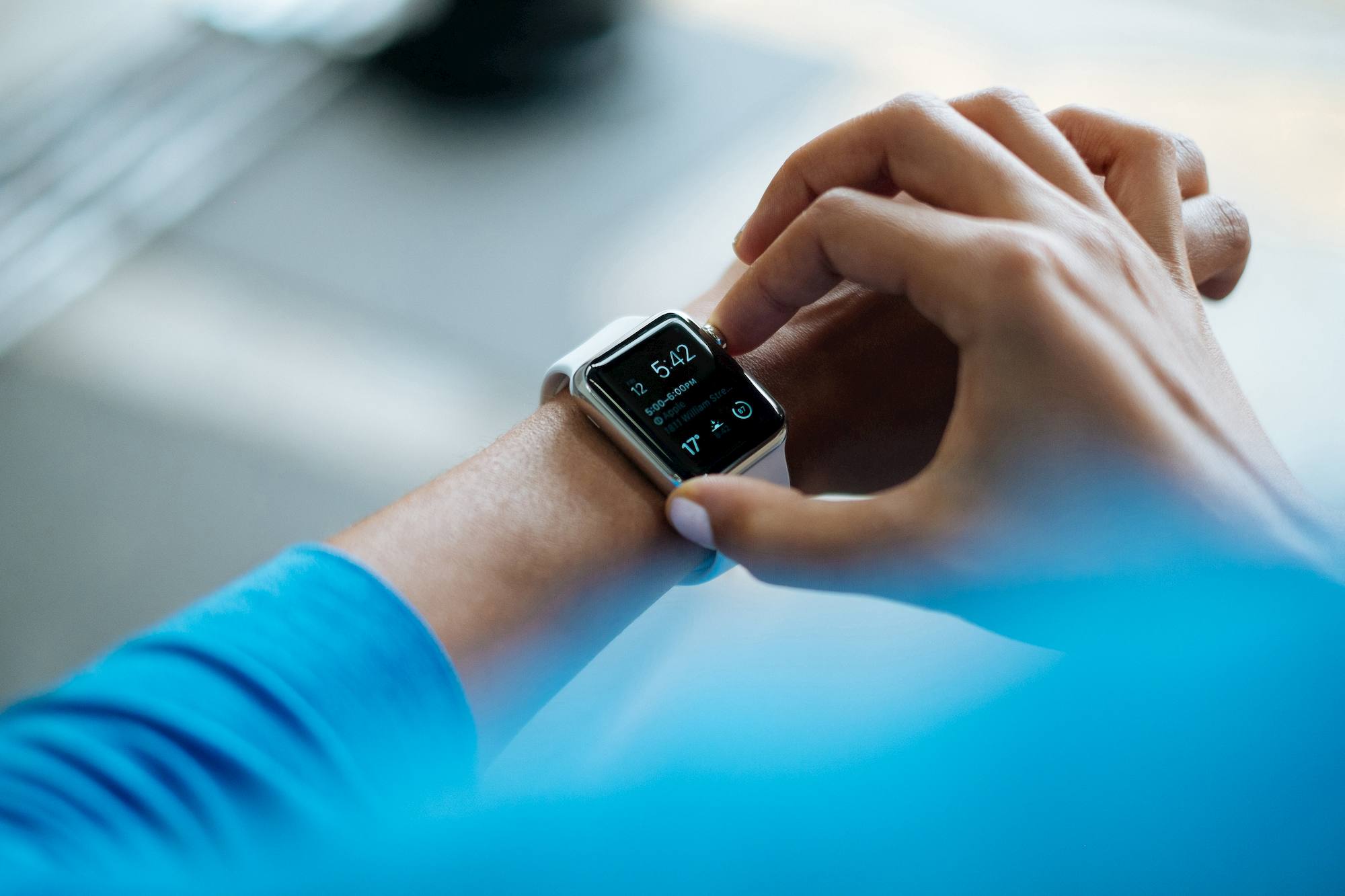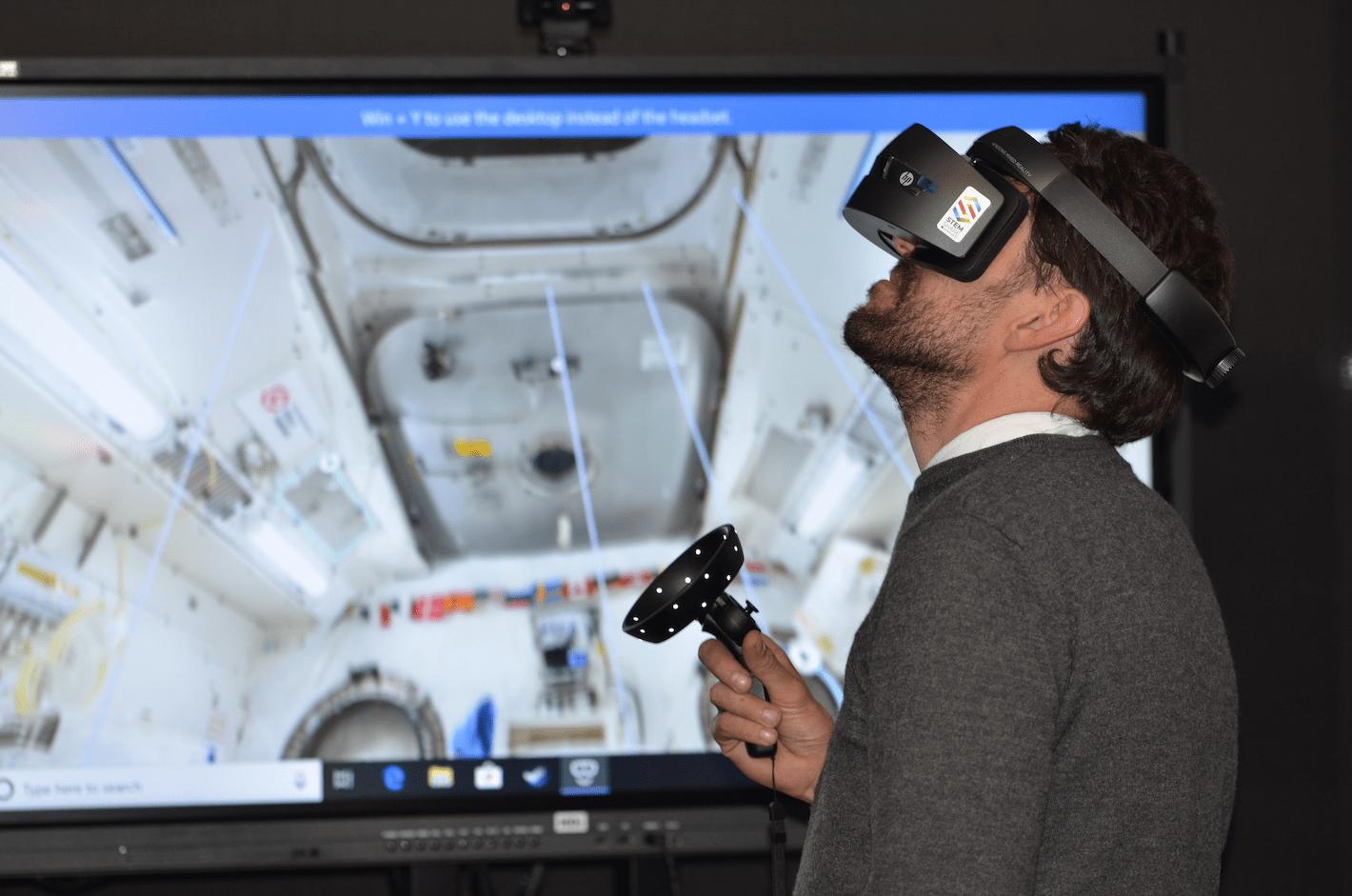Every day your company faces new challenges, always trying to be ahead of the competition. However, this fight becomes much easier when the people working for your company’s success cooperate seamlessly.
Employees who are able to cooperate and complement each other’s strengths and weaknesses deliver the highest quality of work. This is why teamwork and team culture play a crucial role in the success of any business.
Team culture should be a priority. When the team shares similar values, beliefs, attitudes, and behaviours, it’s more likely to succeed in achieving its common goal.
However, how to establish team’s culture in the case of remote design teams? Is it really so much more difficult?
Is remote design team’s culture really that different?
Both regular and remote teams share the same foundation: they’re groups of people who work for common projects and goals. They cooperate and try to establish the best possible relations. However, I must address the elephant in the room; despite many similarities, the main difference is the way they achieve this harmony.
In-house teams can build their relations based on everyday, face-to-face contact. From casual conversations next to the coffee machine to business discussions; they keep in touch all the time. It’s not so organic in the case of remote teams. Of course, they can recreate real-life contacts through videoconferencing or chatrooms, but remote communication has its limitations. However, with a little goodwill, engagement, and proper tools, remote teams can successfully build their culture.
Despite obvious differences, building team culture looks nearly identical in both cases. It’s crucial to create an atmosphere of empathy, understanding, and support. To do so, employees need to be motivated and supported. It’s also very important to boost their engagement, especially in remote teams. Moreover, mutual trust and friendly relations are invaluable.
How can design team thrive despite the distance?
Good communication
Distance doesn’t have to hinder the communication between team members. Even though remote work has its limitations, it’s still possible to communicate freely and effectively.
To make it possible, the employees should be presented with the rules of communication. Creating clear and transparent directives will significantly improve the flow of information and prevent possible misunderstandings.
As for the team members, they should remember about honesty and accuracy. Apart from that, good organisation and responsibility can work wonders.
Creating an open environment
Discussion is the basis of good cooperation in the design remote team. Creating an open environment for everybody should be a priority. Each member of the team should feel included and respected, and nobody should be afraid to state their opinion. Each employee should be given a voice and the right to give their feedback and to show possible concerns.
Discussing, adjusting, and improving are inseparable parts of the designing process, and team member’s honest opinions can positively influence the final product.
Keeping everyone engaged
According to Gallup, highly engaged teams show a 21% higher profitability. The report also finds that the most successful businesses make employee engagement central to their strategy.
Highly engaged employees not only have better results at work but also succeed in creating trustful and empathetic relations in their teams. They are more willing to support team spirit and keep up the team’s morale.
To keep the employees engaged it’s crucial to provide them with constructive and encouraging feedback. However, all work and no play makes Jack a dull boy, so don’t compromise on employee integration.
Don’t micromanage
Micromanaging can kill team spirit. To thrive and excel at their work, employees should feel trusted. It’s especially important for remote workers who are more likely to create their individual working habits. They should be allowed to have a flexible schedule: as long as the work is done, they should do it on their terms.
To help the team members to organise their time, consider recommending project management tools. They clearly show how much work has yet to be done and allows the employees, and project managers, to observe the progress.
Appreciate the employees
Many employees find it difficult to motivate themselves while working remotely. That’s why employee recognition is so crucial. Even though recognising the employees in remote conditions may be more difficult, as it’s not as natural as doing so in person, it’s important not to neglect it.
Complementing employees’ work can work wonders for their motivation and productivity. Moreover, it makes them feel more comfortable and relaxed and creates a stress-free environment.
Conclusion
Despite obvious differences, establishing team culture in remote conditions is similar to doing so in a regular team. In both cases it’s extremely important to build mutual trust and understanding, focus on good communication and keep everyone engaged.
Never compromise on your team’s satisfaction!





